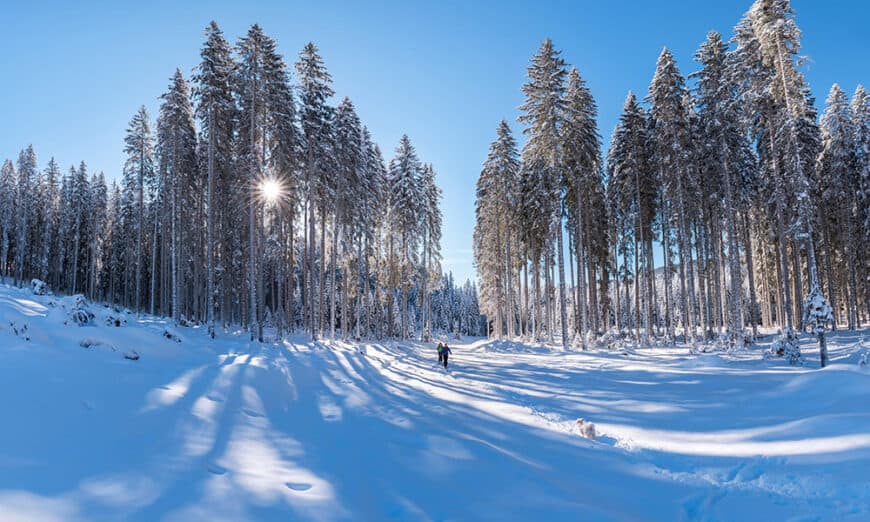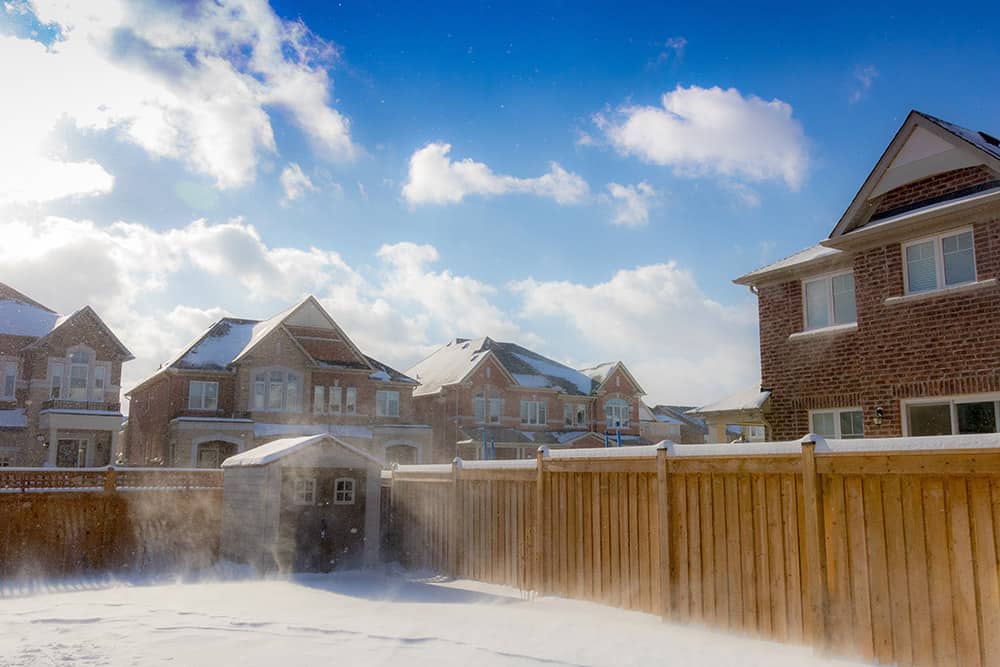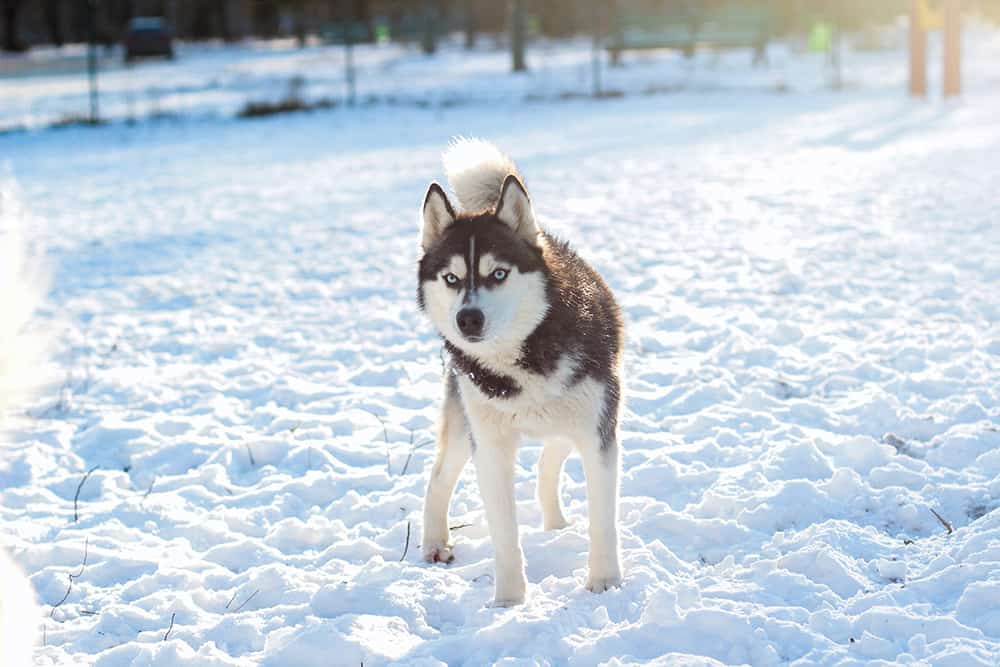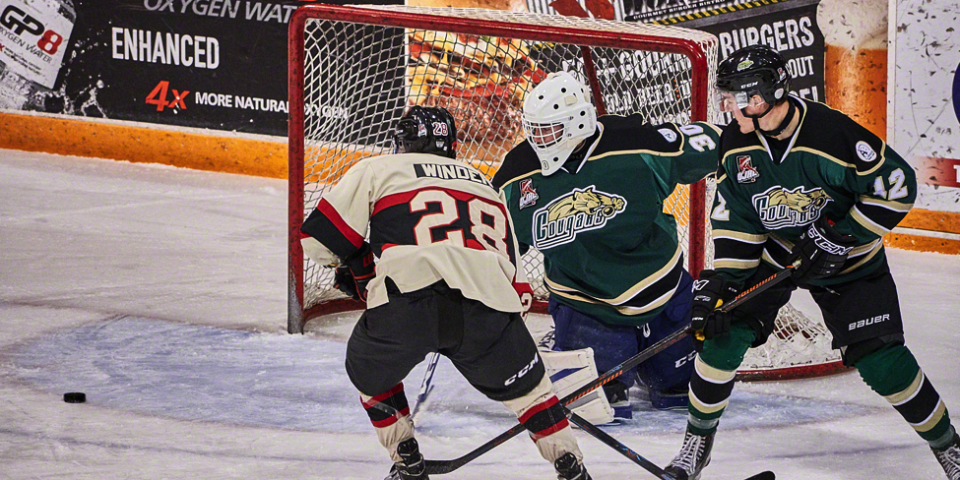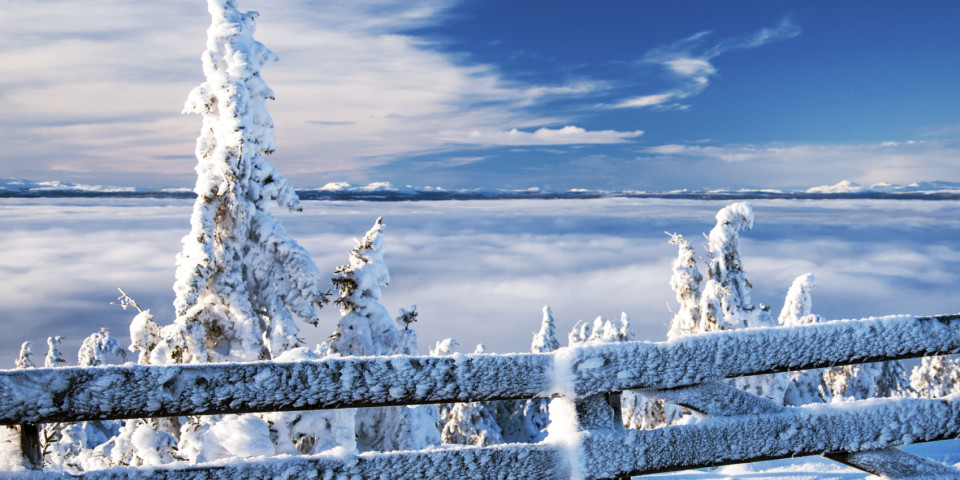A fresh blanket of snow covering trees, fences, fields, hills, and buildings presents a beautiful array of Currier and Ives style image opportunities and invites the photographer to capture its beauty while the snow is fresh and clean. Winter sports are another favorite theme of winter photography.
Securing the proper exposure that will preserve the beautiful and varied tones of the snow’s strong reflections and extreme contrasts is a challenge in both the serene winter scene and the exciting snowmobile race. What can you do to capture an image with your camera that is as beautiful as the one captured in your eye?
Avoid Using Automatic Setting
If an abundance of snow is present in the scene, problems are created when the camera is left to do its own exposure calculations. While trying to integrate all the tones and colors to achieve a middle gray tone, the camera will attempt to deliver as much detail as possible. In the process of gathering the image detail, the automatic setting tends to burn out the highlights leaving your images unexposed and lusterless. Your beautiful snow will become a dull and uninviting gray.
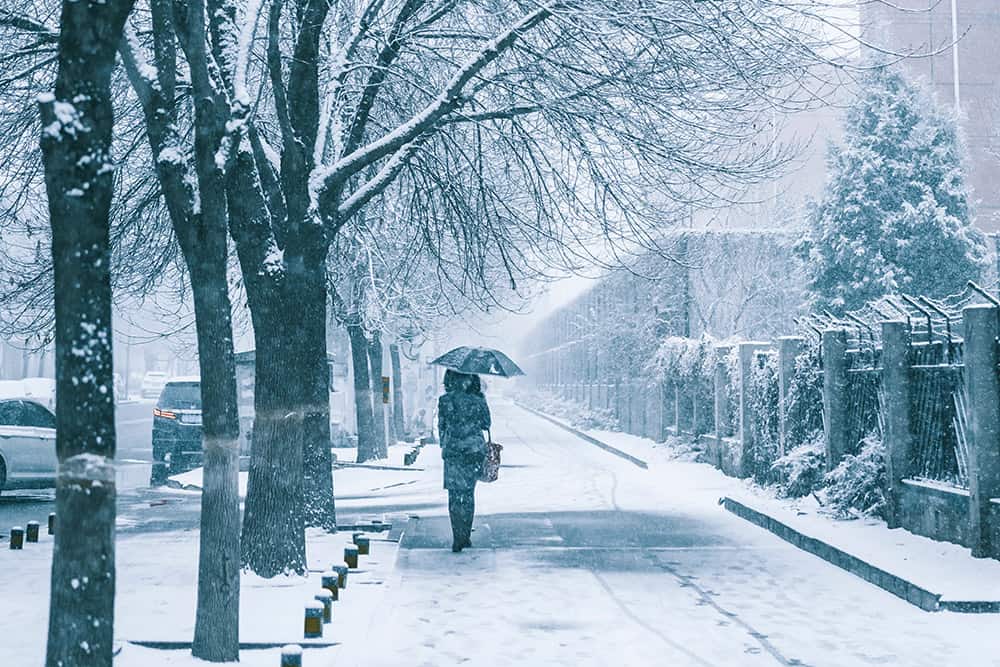
Uninviting gray look
Using the Histogram Readout
White balance is extremely important for quality results with winter photography. Line up the image you plan to take and look at the histogram setting. The dark pixels in your image are displayed on the left side of your histogram readout, while the lighter pixels are displayed on the right.
When shooting snow images without any other major elements, you want the majority of pixels to appear on the right side of the histogram to avoid an unpleasant and dull gray appearance. When there are other elements in your image, observe your histogram carefully to avoid either over or under exposing your image. Using the histogram readout also makes post-processing easier.
Shutter Speed
The bright conditions created by the combination of snow and sun allows you to use a fast shutter speed, which provides an excellent opportunity to capture winter action shots. Skiing and other winter sports offer exciting possibilities for images full of movement and action. Take advantage of the sunny conditions to take lots of snow sport images, and if a snow shower should happen along, you can add a new dimension to your winter images.
A shutter speed of 1/200 of a second makes it easier to get really good snowflake action. The flakes will appear solid and you can freeze the action with very little blur. A shutter speed of 1/60 of a second will cause the snow to be more linear and streaked with a modest blur. If it’s a windy day, each of these examples will change slightly as the wind will dictate how the snow falls. Focusing on your subject (winter athlete) in the background, with the snow falling in the foreground, is another great way to shoot action shots that result in blurred snow all around your subject. Using any of these suggestions will add interest to your winter action images.
Flash Fill
Quite often using a flash fill will bring your images alive and define the detail in the snow more precisely. Some photographers never use this method, but those that do say it is a tremendous aid in shooting winter images. You can use the flash mounted directly on the camera or you can use a hand held flash. A little experimentation will quickly show you which method will work best for the snow environment you are shooting.
Point of View
How you handle your point of view can make the difference between a “snapshot” image and an image that everyone raves about. Are you brave? Shoot a snowball fight and have someone toss a snowball at you just as you hit the shutter. Be sure to get your camera out of the way quickly. Try shooting up at some subjects and shoot down on others. Action shots can also be angled for an imaginative look. If you are photographing winter landscapes, try some shots from a high point looking down on the view.
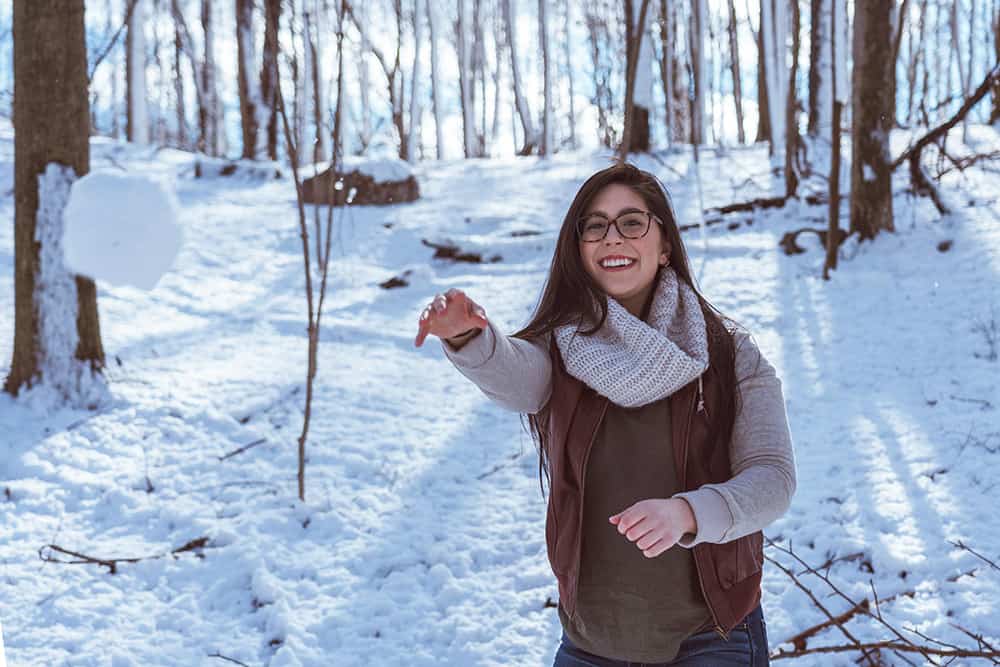
Lady throwing a snowball
It would be wonderful if every image shot came out perfectly, but it isn’t likely to happen that way. With snow images, there is often a greater need for adjustments in the digital darkroom. Raw images afford the photographer ample opportunity to make all necessary modifications. Winter photography can be challenging, but it can also be a fun experience. Spending a little extra time with your settings, and carefully planning your image shoots will provide you with many quality winter photographs.
If you have specific questions, you can always ask your Henry’s sales associate. Call a store to speak directly with one of our Henry’s experts or send us a message online via live chat, available 7 days a week.
